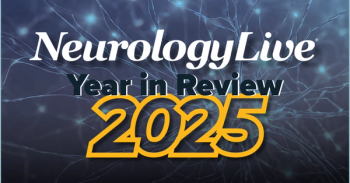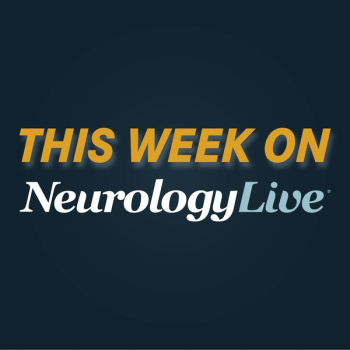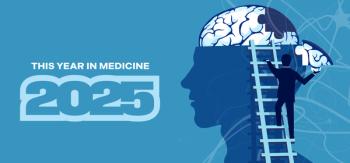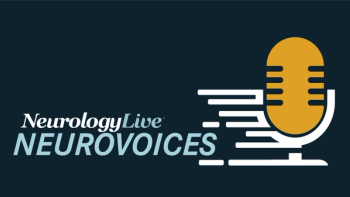
|Slideshows|January 10, 2018
New Diagnostic and Treatment Technology for Neurologists
Author(s)Veronica Hackethal, MD
These technologies show promise in predicting dementia years before clinical symptoms develop; diagnosing concussion and other brain injuries; and more.
Advertisement
Newsletter
Keep your finger on the pulse of neurology—subscribe to NeurologyLive for expert interviews, new data, and breakthrough treatment updates.
Advertisement
Latest CME
Advertisement
Advertisement
Trending on NeurologyLive - Clinical Neurology News and Neurology Expert Insights
1
Remyelinating Agent PIPE-307 Falls Short in Phase 2 Trial of Relapsing Multiple Sclerosis
2
Repositioning GLP-1 Drugs for Neurologic Disease: Evidence, Advances, and Outlook
3
Brain-Penetrant Molecule GT-02287 Demonstrates Reversal of Glucosylsphinogosine in Parkinson Disease
4
What’s All the Buzz? Trending Topics and Phrases of Neurology in 2025
5






















